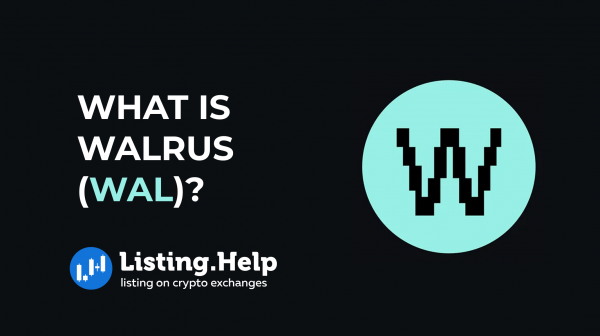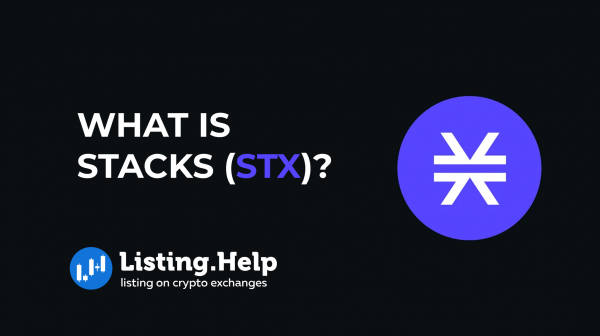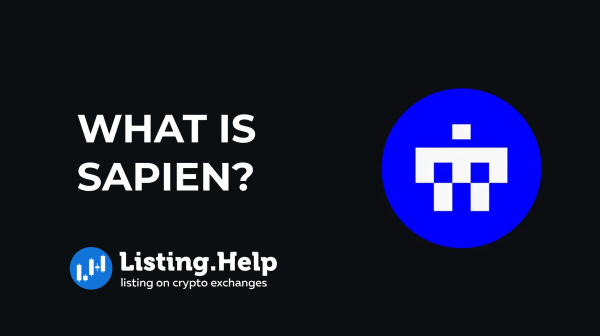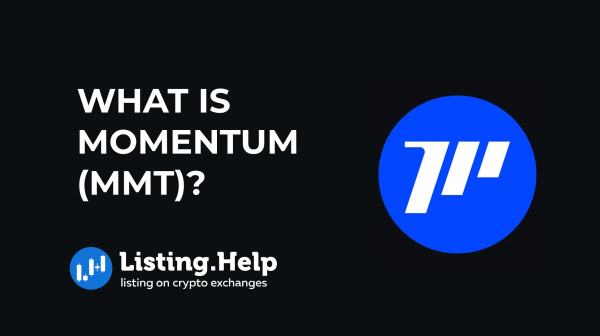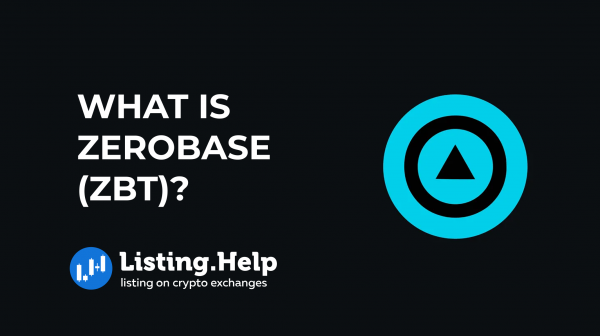What Is Uniswap and How Does It Work?
 August 2, 2024
August 2, 2024 Updated: January 26 2025, 07:14
Updated: January 26 2025, 07:14
LEAVE A REQUEST
Launching your own token project? Our experts are ready to help with listing on exchanges, market making, marketing and other solutions
SUBMIT APPLICATIONCentralized exchanges (CEXs) have long dominated the cryptocurrency market, offering benefits such as deep liquidity, quick transaction times, fiat currency support, and customer service. Despite these advantages, decentralized exchanges (DEXs) are growing in popularity, appealing to users with lower trading fees, enhanced security, privacy, and broader accessibility.
DEXs present several advantages, making them an attractive option compared to CEXs. Take Uniswap, for instance. Developed by Hayden Adams in 2018 and based on the principles outlined by Ethereum co-founder Vitalik Buterin, Uniswap introduced the Automated Market Maker (AMM) model. This innovation significantly contributed to the rise and development of DEXs. Today, Uniswap remains one of the most user-friendly decentralized exchanges, offering significant liquidity and a wide variety of token listings.
What is Uniswap?
Uniswap is a different kind of exchange, entirely decentralized, meaning it isn’t controlled by any single organization. It uses a modern trading model called an automated liquidity protocol.
The platform was developed in 2018 and runs on the Ethereum blockchain, the second-largest cryptocurrency by market capitalization. This makes Uniswap compatible with all ERC-20 tokens and services like MetaMask and MyEtherWallet.
Uniswap’s code is open source, allowing anyone to replicate it and create their own decentralized exchanges. It also permits free token listings, unlike traditional centralized exchanges that are profit-driven and charge high fees for new coin listings. As a decentralized exchange (DEX), Uniswap lets users retain control of their funds, unlike centralized exchanges that require traders to hand over control of their private keys. This method not only logs orders on an internal database but also involves more time and cost. Keeping control of private keys reduces the risk of losing assets in the event of a hack.
Currently, Uniswap ranks as the fourth-largest decentralized finance (DeFi) platform, with over $3 billion worth of crypto assets locked in its protocol.
How Uniswap Works?
Uniswap operates using two smart contracts: the “Exchange” contract and the “Factory” contract. These contracts are programmed to execute specific actions when certain conditions are met. The factory contract is responsible for adding new tokens to the platform, while the exchange contract handles all token swaps, or trades.
Automated Liquidity Protocol
Uniswap addresses the liquidity issues of centralized exchanges through an automated liquidity protocol. This system encourages users to become liquidity providers (LPs) by pooling their funds together to create a reserve used for all trades on the platform. Each token listed on Uniswap has its own liquidity pool that users can contribute to, with prices determined by a mathematical algorithm.
With this protocol, buyers and sellers can execute trades instantly at known prices, provided there is sufficient liquidity in the pool. This eliminates the need for waiting for a matching trade from another party.
In return for their contributions, LPs receive tokens representing their share of the liquidity pool. For instance, if you contribute $10,000 to a pool worth $100,000, you would receive a token representing 10% of that pool. These tokens can be redeemed for a portion of the trading fees. Uniswap charges a flat fee of 0.30% per trade, which is automatically added to a liquidity reserve.
When a liquidity provider decides to withdraw their funds, they receive a portion of the total fees proportional to their stake in the pool. The token they received, which records their stake, is then destroyed.
How Token Price is Determined?
Understanding how Uniswap determines token prices is crucial. Unlike traditional order book systems, where prices are set by the highest bidder and lowest seller, Uniswap employs an automated market maker system. This system uses a mathematical formula to adjust token prices based on supply and demand. The price of a token fluctuates with the ratio of tokens in the pool.
When a new ERC-20 token is added to Uniswap, the creator must supply an equal amount of the new token and another ERC-20 token to form a liquidity pool.
The pricing formula used is xy=k, where x is the amount of token A, y is the amount of token B, and k is a constant. This formula ensures that the product of the quantities of the two tokens remains unchanged.
For instance, if Bob wants to trade Chainlink (LINK) for Ether (ETH) in the Uniswap LINK/ETH pool, he adds LINK to the pool, increasing its ratio relative to ETH. Since k must remain constant, the price of ETH rises while the price of LINK drops. Thus, the more LINK Bob adds, the less ETH he receives in return as its price increases.
The size of the liquidity pool also affects price stability during trades. Larger pools with more liquidity allow for bigger trades with minimal price impact. This means that significant trades in a deep liquidity pool will not cause substantial price shifts, making the market more stable.
Uniswap v1
Launched in 2018, Uniswap v1 was the initial version of the protocol, designed with simplicity but allowing the trading of any ERC-20 token on the Ethereum blockchain. It gained traction within the Ethereum community and served as a proof of concept for Automated Market Maker (AMM) based decentralized exchanges.
Uniswap v2
Introduced in 2020, Uniswap v2 brought several enhancements over its predecessor. One notable improvement was the support for ERC-20 to ERC-20 pairs, enabling liquidity providers to create pair contracts for any two ERC-20 tokens. This version eliminated the need for intermediate conversion to ETH, allowing direct trades between tokens. Additionally, v2 improved protocol efficiency, reduced gas fees, and introduced features like flash swaps, which release tokens to recipients before verifying sufficient input tokens. These advancements spurred rapid AMM adoption, positioning Uniswap as a major cryptocurrency spot exchange.
Uniswap v3
Uniswap v3, launched later, focused on addressing capital efficiency issues inherent in previous AMM models. Traditional AMMs often suffered from capital inefficiency, as liquidity was spread across all price ranges, with most funds not actively used. Uniswap v3 allowed liquidity providers to set custom price ranges for their contributions, concentrating liquidity where most trading occurs. For instance, an LP could set a price range of $1,000 to $2,000, ensuring liquidity is used only within this range. This approach, akin to creating an on-chain order book on Ethereum, favored experienced market makers who could strategically optimize their liquidity provision, potentially earning more trading fees than less active participants.
By allowing liquidity concentration, Uniswap v3 made the platform more efficient and attractive to sophisticated market participants, although it introduced a layer of complexity that might challenge beginners.
Uniswap’s UNI Token
Uniswap’s native token, UNI, functions as a governance token, granting holders the ability to vote on platform developments and modifications. This includes decisions on token distribution to the community and developers, as well as adjustments to fee structures. The UNI token was introduced in September 2020 as a strategic move to retain users and counteract the migration to the rival DEX, SushiSwap. Prior to the UNI token’s launch, SushiSwap, a Uniswap fork, had incentivized users to transfer their funds by offering SUSHI tokens, which provided governance rights and a share of transaction fees.
In response, Uniswap created 1 billion UNI tokens and allocated 150 million of them to past users of the platform. Each user received 400 UNI tokens, which were worth over $1,000 at the time. This initiative aimed to reward loyal users and reinforce Uniswap’s competitive position in the decentralized exchange market.

For more insights and updates on the crypto world, don’t forget to check out our blog at Listing.Help.




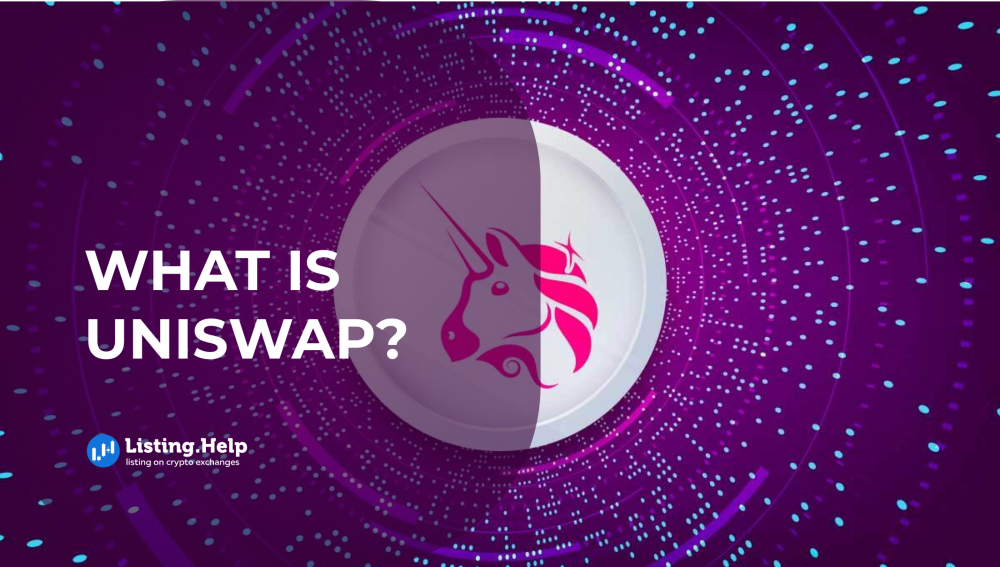

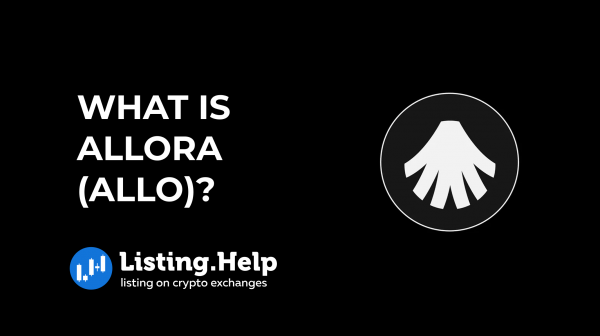
 December 29, 2025
December 29, 2025 
